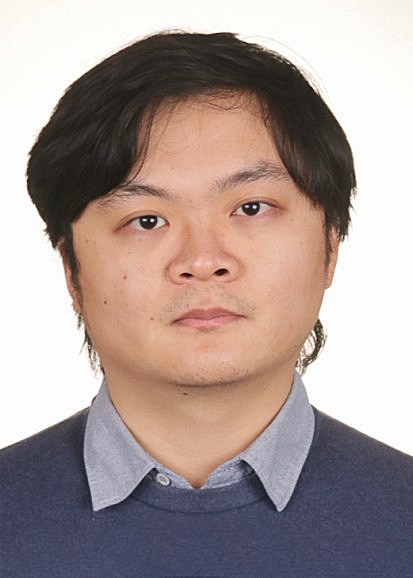USTC Astronomy Seminar Series: 2025 Fall
Radiation in Turbulent Supermassive Black Hole Coronae
袁成超 博士后
德国电子同步加速器研究所
2025/10/14, 2:30pm , the 19th-floor Observatory Hall

报告人:
袁成超博士现任德国电子同步加速器研究所(DESY)博士后研究员,主要从事理论与数值粒子天体物理、多信使天文学等领域的研究,具体涵盖宇宙线的加速、传播与辐射机制,以及宇宙线、天体物理中微子和高能伽马射线的起源与内在关联。他的研究聚焦于多种高能天体物理过程,涉及活动星系核(AGN)、潮汐瓦解事件(TDE)、伽马射线暴(GRB)、致密星并合以及星系与星系团等。袁成超于2022年在美国宾夕法尼亚州立大学获得物理学博士学位,此前于2016年在南京大学获得天文学学士学位。摘要:
Turbulent coronae around supermassive black holes can accelerate non-thermal particles to high energies and power observable emission, but the comparable timescales of acceleration, cooling, and electromagnetic cascades make this process hard to capture. In this seminar, I’ll introduce a time-dependent framework that self-consistently couples proton acceleration—modeled with a Fokker–Planck equation—to lepto-hadronic radiation and cascading. Applied to the neutrino-emitting active galactic nucleus (AGN) NGC 1068, the model reproduces IceCube’s observed neutrino spectrum while remaining consistent with gamma-ray limits. I’ll also discuss a transient-corona scenario, potentially arising in non-jetted tidal disruption events such as AT 2019dsg, where early cascade feedback regulates proton acceleration in weaker coronae and imprints delayed optical/UV, X-ray, and neutrino signals on ~100-day timescales. The framework efficiently models multi-messenger emission from both steady and transient sources, offering a flexible way to connect particle-acceleration physics with radiation mechanisms in AGN and TDE environments. 邮编:230026 ,
邮编:230026 ,  联系电话: 0551-63601861
联系电话: 0551-63601861 Email:
Email: